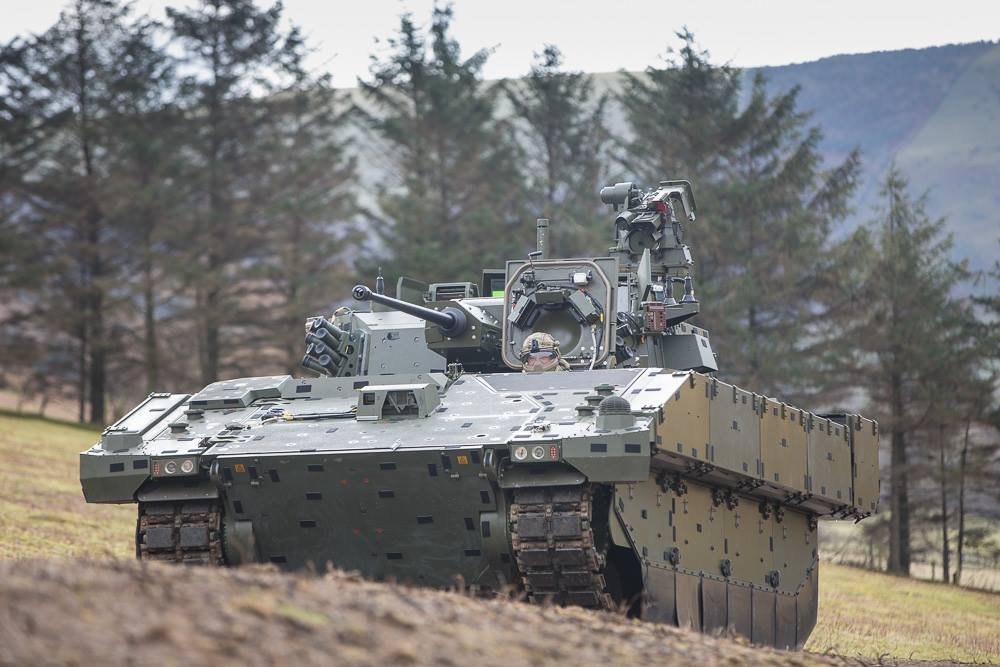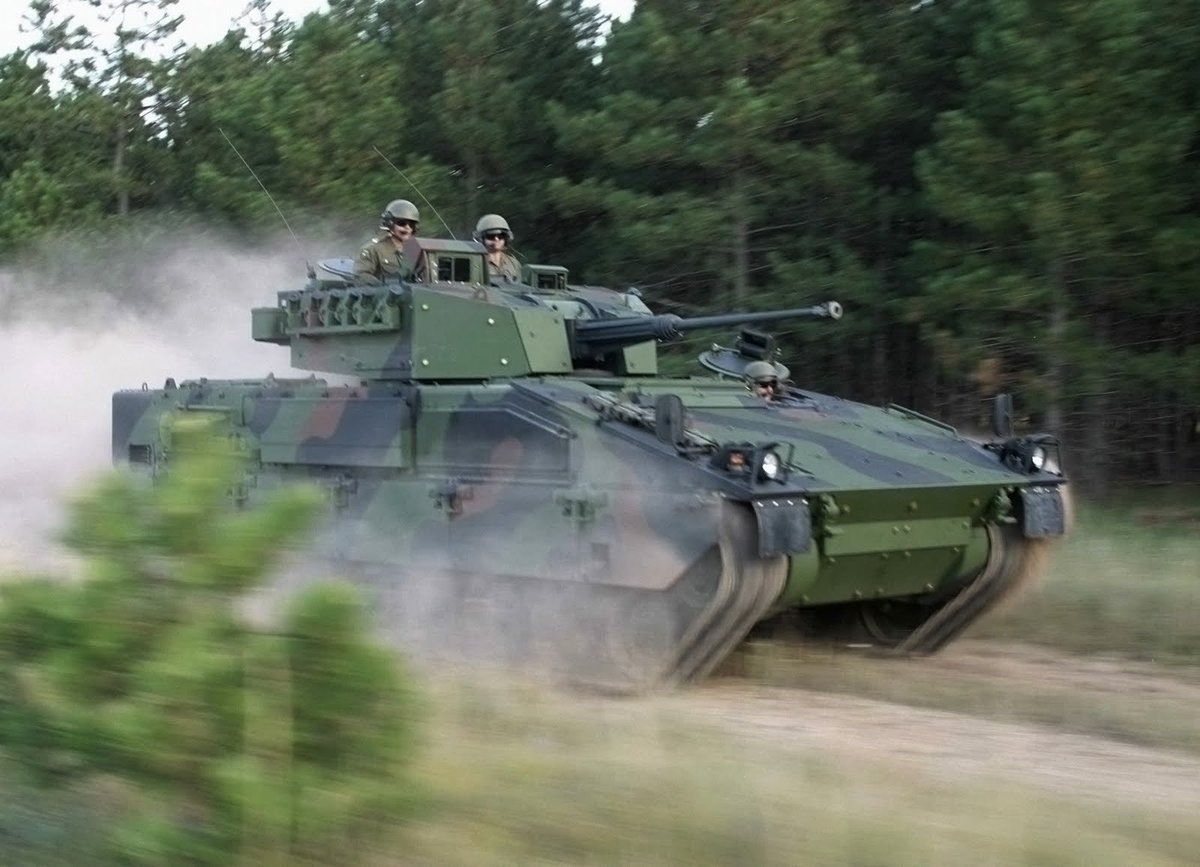It started as a thread on the UK's Titan AVLB and Project TYRO, but got so unwieldy I’ve made it a mini series. What is Titan and TYRO; why is it one of, if not the, most important requirements in the British Army (or any army); and why us it a serious problem area for the UK? 
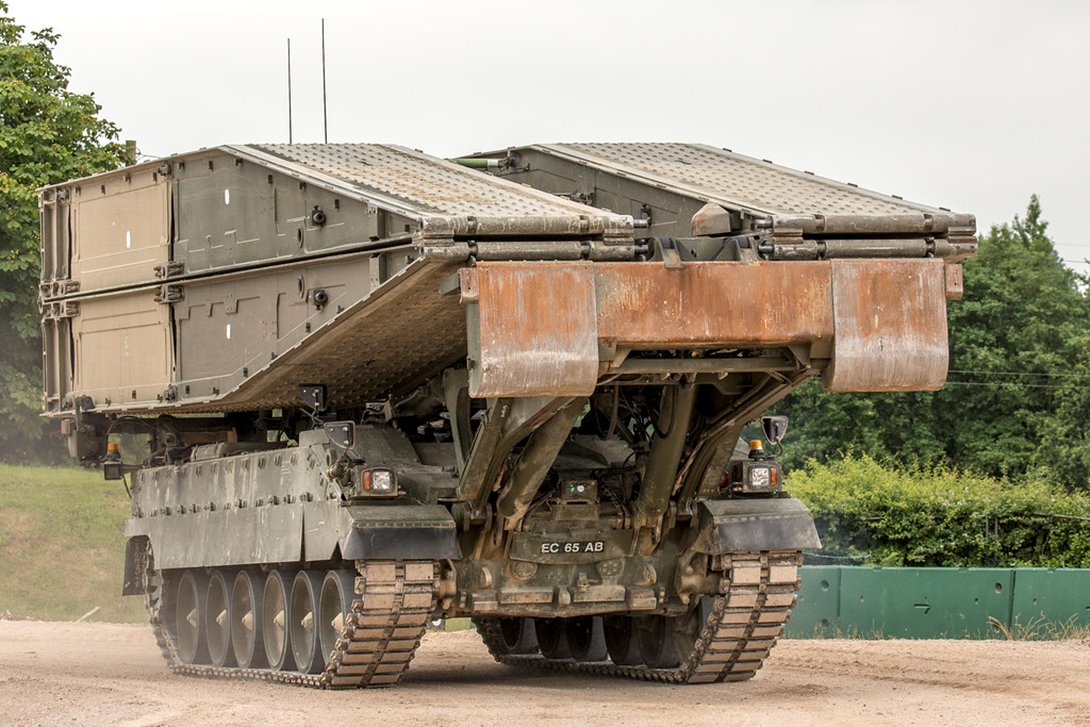
I’ve broken into a few parts; on to part 3 – Why is Titan a serious problem area? This one is the grim bit of the series, but to be clear the intent is to show plainly the criticality of TYRO and back it as an essential requirement that must be delivered, not just bash on Titan.
As explained in part 1, Titan is a great capability, but it is a bespoke small fleet and consequently has some very significant problems that critically impact the Army as a whole, and the bad news is they can't really be solved in practical terms. 

The simple headline is the capability is in a bad state. The availability on Titan is <15%, and planners must assume for vehicles to experience an operational failure at an interval of <24 hours. Those failures are roughly split into 25:75 bridge:platform.
That means in real terms if the British Army goes to war tomorrow it could have as few as 4 AVLB, and they may have all broken down by the end of the day. That doesn’t invalidate the need for AVLB, but we should recognise the capability is almost only on paper today. 

I say that because people will reply that options like Boxer are not the same as Titan, and they aren’t, but the UK doesn’t have a Titan fleet in a real capacity, so comparison should be against the almost nothing that is actually there now, not an imaginary perfect capability 

In fact, issues with Titan represent a major, if not the most significant, obstacle to free manoeuvre of British forces in a combat environment and in its current state the Army essentially does not have a close support gap crossing capability. TYRO CSB Is a critical requirement. 

Calling that last bit out dramatically is because whenever we talk about UK programmes, nobody seems to talk about bridging. It doesn’t matter if they get Boxer, CR3, Ajax, a new IFV and all the rest, if they all get halted at the first obstacle.
WEIGHT
It is rarely recognised (not least because weight always gets cited as the original empty 63,000kg when it is never that in operational use) but Titan is enormous. When fitted with bridges it is just shy of MLC120 and is one of the heaviest AFV in the world.
It is rarely recognised (not least because weight always gets cited as the original empty 63,000kg when it is never that in operational use) but Titan is enormous. When fitted with bridges it is just shy of MLC120 and is one of the heaviest AFV in the world.

But it is still running on the same 1,200 hp CV12-model engine as the baseline CR2, which itself is behind the best-in-class standard of 1,500 hp in almost all peer MBT designs. That means Titan’s engine (and all it automotives) are working flat out all the time. 

Before @GraemeWilcock rightly jumps in to say powerpack is as much gearbox as engine, for this its not just moving an extremely heavy AFV but also having a v. power hungry if quite exquisite & hugely capable (with capabilities most AVLB don’t have) hydraulic launch mech.
As with any system, running v hard all of the time means accelerated wear and failures. Given CR2 is running close to that anyway in part to meet electrical needs, the unique and demanding electrical and particularly hydraulic demands of Titan are further pain.
I've talked in a separate thread why CR2 or CR3 won't get a 1,500 hp engine any time soon (whether under HAAIP, CR3 or any other plan), and the same is true for the T2s -
https://x.com/JonHawkes275/status/1713890397750018557
So - its (very) heavy and underpowered, with some exquisitely bespoke systems like the hydraulics for that massive launch mechanism further exhausting the platform. But that isnt enough on its own to end up where it has found itself.
RESOURCES AND SUPPORT
Titan is always called a Challenger 2 AVLB, but it isnt. T2 are unique hull designs that draw on some of the Challenger 2s automotive components, but are a discrete vehicle type to the CR2, or any other British Army vehicle.
Titan is always called a Challenger 2 AVLB, but it isnt. T2 are unique hull designs that draw on some of the Challenger 2s automotive components, but are a discrete vehicle type to the CR2, or any other British Army vehicle.

Titan’s more complex and unique design versus the CR2 (particularly the hydraulics) means that the training courses, especially for maintainers, are longer and are proving tough to produce enough suitable qualified personnel.
This creates a bit of a vicious cycle. Not enough qualified people to keep the vehicles in good condition and maintain knowledge through the units inevitably leads to more problems and fewer people to sort them out which leads to… etc.
Anecdotally, I have often heard that T2 crew are generally not career tank people, meaning theyre not indoctrinated with constant maintenance & tinkering/swearing of keeping tanks running that a full time MBT unit would and treat them more as kit to pull out the garage as needed 
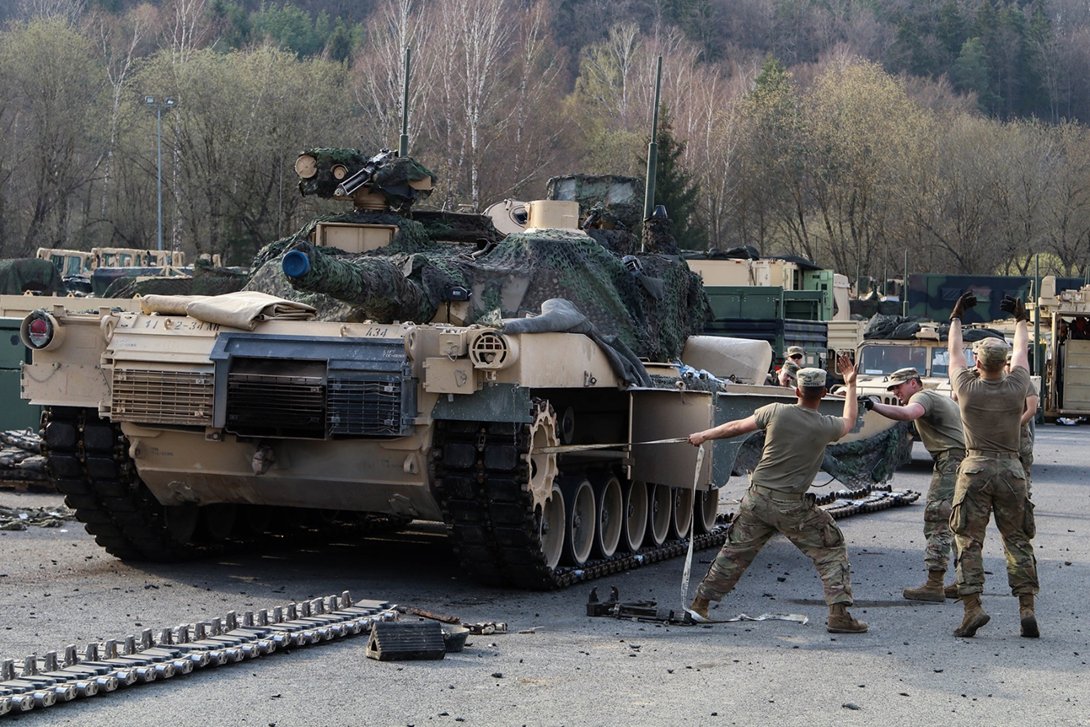
Treating T2 as a normal vehicle you can check out when you need it and park it up when you don’t results in a lot of problems building up that a tank unit wouldn’t experience, or would capture early/prevent with constant activity.
Next, as with any equipment once the original manufacturer is gone it becomes a massive risk. Titan is an amazingly capable but highly bespoke vehicle built by the formerly Alvis subsidiary of BAE under the guise of BAE Global Combat Systems.
The majority of its supply chain has completely gone in the past 20 yrs, either through global consolidation or just atrophy due to lack of work. With a lot of bespoke systems, esp. in the bridge mech, simple problems become complex & expensive with nobody to advise or supply 

CR2 is in a similarly rough place with obsolescence and supply chain woe. Though that mostly goes away with CR3, elements remain strained. Last year saw a new torque converter impeller procured because the supplier declined to keep making single digit quantities of spares. 
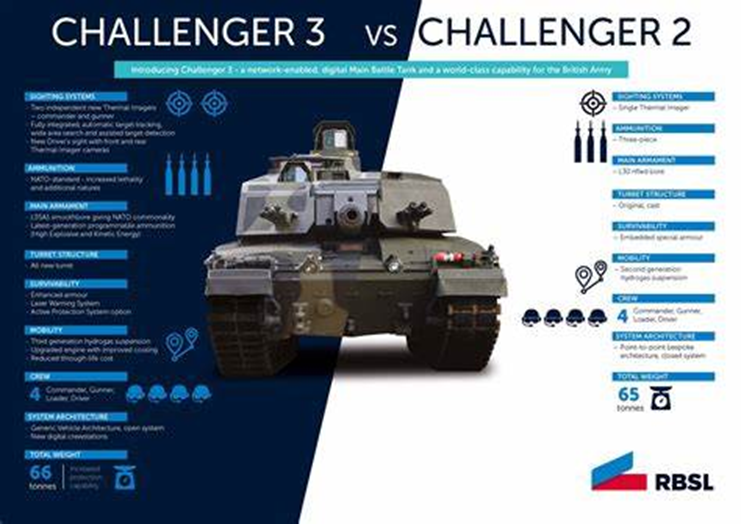
But CR2 also has quite a sizeable legacy fleet in various forms of storage that can be cannibalised for parts and otherwise exploited to keep the operational fleet running. With just 33 vehicles, Titan can’t pull off the same trick.
When youre fishing the world for a supplier that might be able to make you something bespoke, youre in a rough patch for being held to ransom or worse left with no supplier and a finite future. Either way its a big risk and cost, and the whole time your fleet is getting worse.
Turning then to cannibalism of a tiny fleet results in availability that can more often than not be low single digits of vehicles on a given day, with no quick or easy way to ramp that should it be called for in the short or longer term.
BROKEN BRIDGES
Bridges are also part of the problem. Titan uses the BR90 CSB, which comes in No.10, 11 and 12 flavours. One problem is that these were built in a different age, where the CR2 was MLC85, and wasn’t pushing past 75 tonnes. Lets not even think about the >79 tonne CR3
Bridges are also part of the problem. Titan uses the BR90 CSB, which comes in No.10, 11 and 12 flavours. One problem is that these were built in a different age, where the CR2 was MLC85, and wasn’t pushing past 75 tonnes. Lets not even think about the >79 tonne CR3

The bridges are said to be riddled with stress corrosion cracking, which is quite a dangerous condition that can be subtle to detect and manifests as sudden catastrophic failure. With the OEM for the bridges also gone, it’s a degrading fleet of bridges to work with. 

Looking ahead, TYRO needs a higher capacity bridge, as CR3 in full spec is almost 80 tonnes. However, getting a CSB with a long span at this weight class is pushing the limits of material science. More than likely this will be achieved with a shorter bridges and piers instead. 



Weight class is a bit of a misnomer – modern MBT have not scaled their dimensions with weight as the MLC models assume, so are on narrower and shorter tracks than expected, making the calcs be off – whilst CR2 is notionally MLC100, the bridge has to be a lot stronger than MLC100.
The issue of MLC and other mobility formulas like VCI/MMP/VLCI being increasingly unsuitable today is a separate issue, but worth always remembering that modern AFV, especially high weight tracked examples, are typically in a (much) worse position than the maths tell us.
UNUPGRADABLE?
“So just upgrade them then” cry many observers, not unreasonably. To be clear – essentially anything is possible, but not everything is practically viable in technical and financial terms. Upgrading Titan is one of the latter examples.
“So just upgrade them then” cry many observers, not unreasonably. To be clear – essentially anything is possible, but not everything is practically viable in technical and financial terms. Upgrading Titan is one of the latter examples.
A Titan upgrade programme has been explored with a few contractors, and one of the realities that rapidly dropped out of the work was that Titan cannot be upgraded with new armour systems due to it already being an unsustainable weight.
Ignoring that, a notional T2 MLU (Titan/Trojan Mid Life Upgrade) looks to be untenable anyway.
The cost is very high, owing to the small number and highly bespoke nature of T2 vehicles and that they are unsupported, requiring an OEM to take on the risk of learning and developing a new solution on a problematic bespoke legacy system they didn’t design.
In particular is the incredibly capable but ‘exquisitely complex’ hydraulic system for launching the bridge at high angles. Most AVLB lay their bridges near-flat, but Titan was required to be able to lay at very steep angles for a few niche use cases in Cold War Germany. 

This has huge technical risk, I saw some docs last year that the position presented by the Army and contractor engineers was that the T2 MLU was a significantly riskier and more complex engineering challenge than those encountered in the Warrior CSP upgrade
Like CR3, to do an T2 MLU the Army would need to put all the Titans (and Trojans) through MRO4 – the deepest refurbishment maintenance (conducted by Babcock for CR2 platforms), and then HAAIP to mitigate obsolescence in the drivetrain. 

The MRO4 pipeline is already a high risk bottleneck for the CR3 upgrade, and cannot accept an extra c.22% capacity demand.
HAAIP is little understood and has never been usefully detailed by the Army or Mod, but is primarily an obsolescence/reset project and to get some pan-fleet commonality. There is no big power uplift to be had there, and that ignores that T2 has a different powerpack anyway.
That’s three programmes, all interconnected but delivered by different contractors none of whom are the OEM (because they don’t exist anymore) and is a contractual nightmare of cost and risk. The MoD call these scenarios “unsolvable commercial problems”
The result of such an MLU would still be operating a bespoke small fleet of vehicles, limited to no commonality with anything else, at greater cost than alternative new vehicle options (more on that in next thread), and likely only gain an additional 6 or 7 years of service.
In summary, Titans are in a fairly dire state of repair, are almost unsupportable, bridges are almost all damaged, an upgrade would be hugely expensive and risky to the point of being unachievable and may not produce good value anyway. So, they need something else.
To be clear, Titan is a cracking design. But as with many things UK, it was bought in small numbers, wasnt continuously developed or well supported, and is in a corner that is not good, but is no reflection of Titan itself. Its another example of UK abandonware AFV programmes
That’s part three, stay tuned for part four – whats the plan to sort it out then? /end
(If you're new to my ramblings, Part 1 of this series started here: )
(If you're new to my ramblings, Part 1 of this series started here: )
https://x.com/JonHawkes275/status/1840356006783570408
• • •
Missing some Tweet in this thread? You can try to
force a refresh


